
Knee pain can result from a sudden traumatic injury, overuse, or underlying conditions such as arthritis or poor foot posture and mechanics. The right treatment depends on identifying the exact cause.
At The House Clinics, Bristol, our team of Chiropractors, Physiotherapists, and Podiatrists work together to provide the most effective care for your recovery. We have a clinic in Redland and in the City Centre. If you’re unsure which specialist to see first, our healthcare team is happy to advise you.
Cartilage (meniscus) acts as the shock absorber of the knee, with one positioned on the inside (medial) and one on the outside (lateral). Injury usually occurs when the foot is fixed, and the knee twists.
Cartilage or Meniscal Injury symptoms include, pain over the joint line, often with swelling, reduced range of movement, and sometimes locking of the knee.
At The House Clinics in Bristol, treatment for meniscal injury may include physiotherapy or chiropractic to restore mobility, reduce swelling, and strengthen the joint. Mobilisation, acupuncture, ultrasound and electrotherapy. In some cases, referral for further investigations such as MRI may be advised. Early treatment is important to avoid ongoing instability and long-term problems. Kinesio Tape is often used.
The iliotibial band is a thick fibrous band running from the hip, down the outside of the thigh, and attaching just below the knee joint. It helps stabilise the thigh bone during weight-bearing activities such as walking and running. Repetitive activity can irritate or inflame the ITB, leading to pain known as iliotibial band syndrome, often called “runner’s knee.”
Pain develops along the outer knee, sometimes worsening with repetitive bending and straightening activities such as running or cycling.
The House Clinics Bristol treat Ilio-Tibial Band Injury (ITB) with Physiotherapy Chiropractic, deep tissue massage, acupuncture ultrasound and electrotherapy, with specific strengthening and stretching exercises are highly effective in treating ITB syndrome. At The House Clinics, we can also advise on footwear, training load, and movement patterns to prevent recurrence. Kinesio tape is also used.
If you’re suffering with knee pain, don’t wait. Book your consultation today and start your recovery with our expert team.
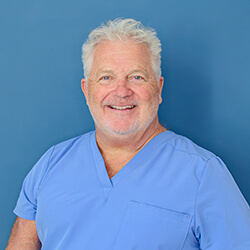

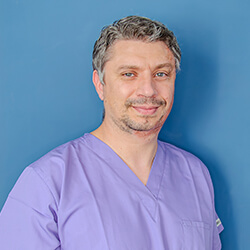


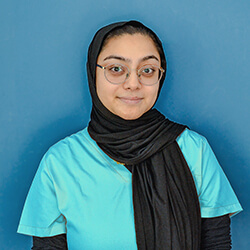
Secure your appointments instantly or get tailored advice from a practitioner before booking, we’ll call you back at a time that suits you
Book Online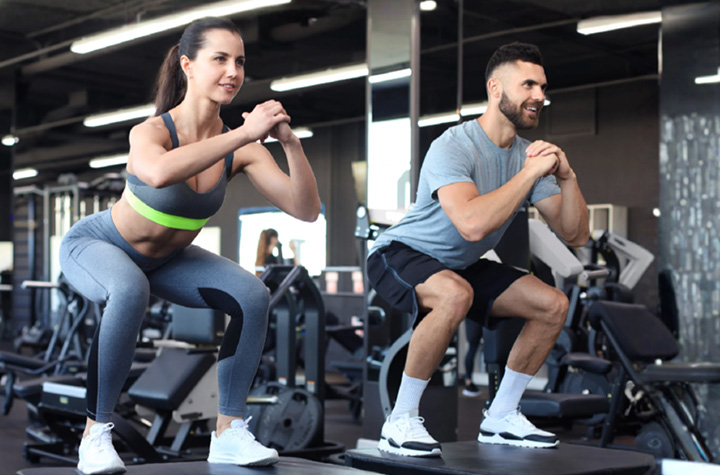
Why Sports Injuries Matter - and Why They Shouldn’t Be Ignored Whether you’re a weekend runner, gym-goer, amateur footballer or just active for fun, a sports injury can bring training, competition or even your daily routine to a halt.
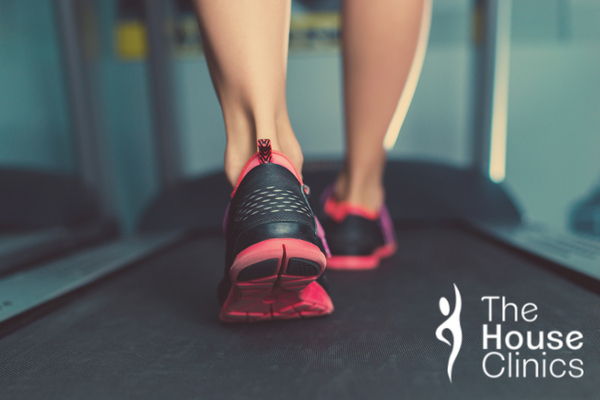
A biomechanical assessment and the prescription of orthotics can resolve many common foot pain condiitons, as well as back pain, knee, calf and ankle pain.